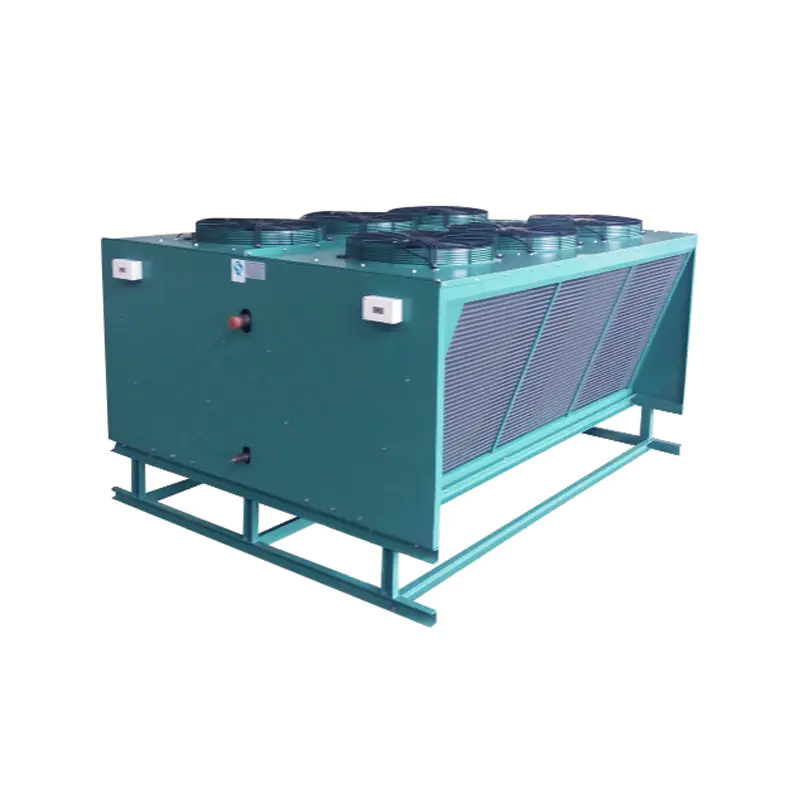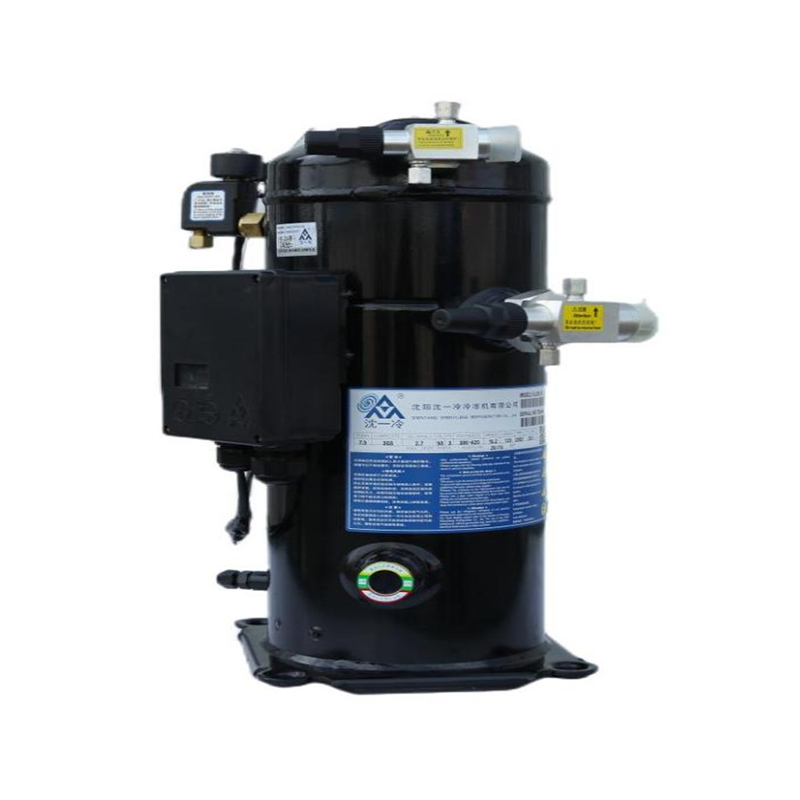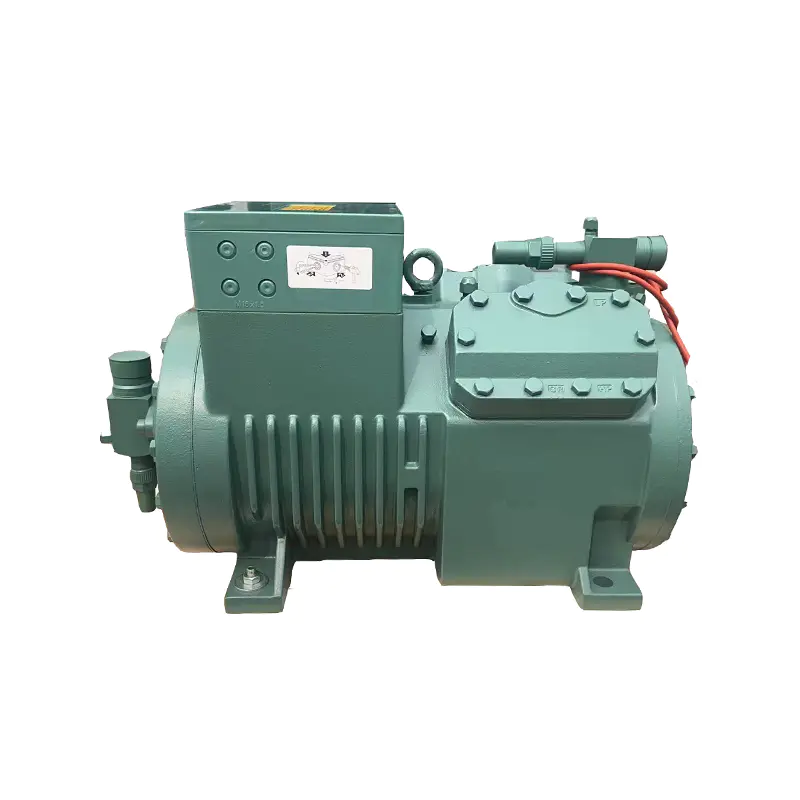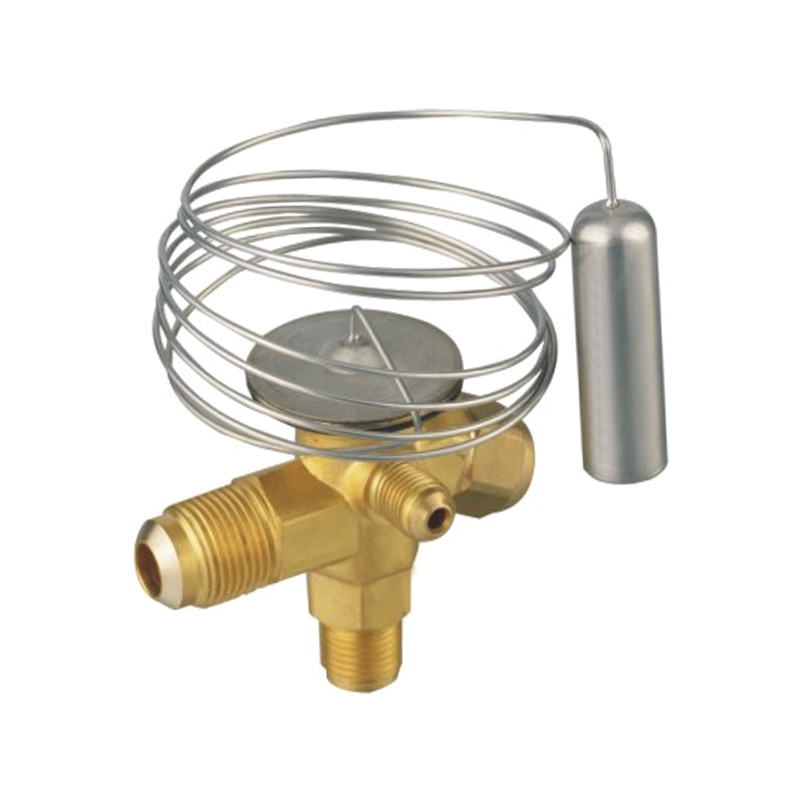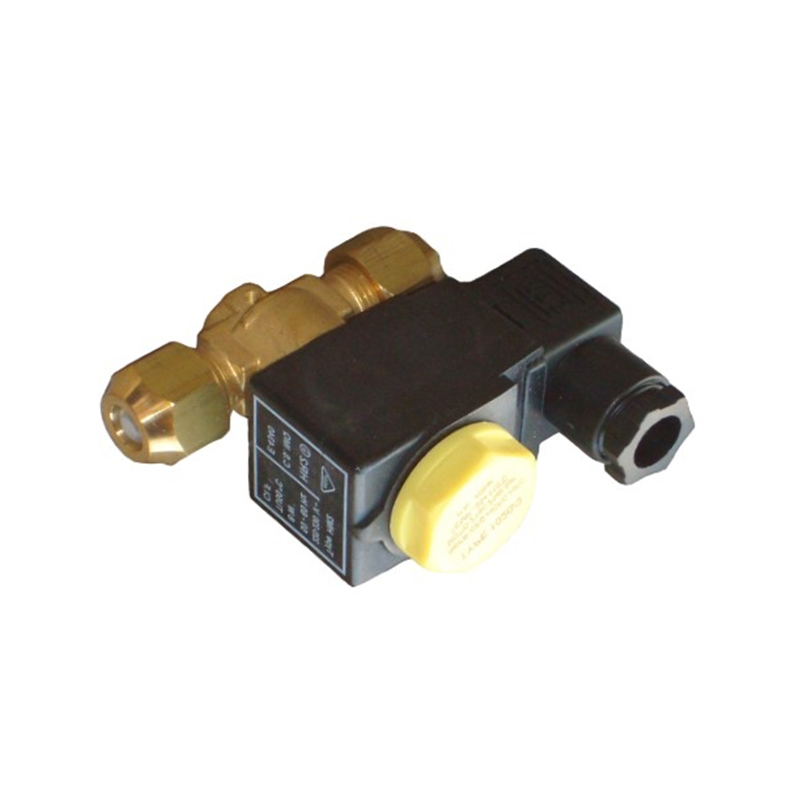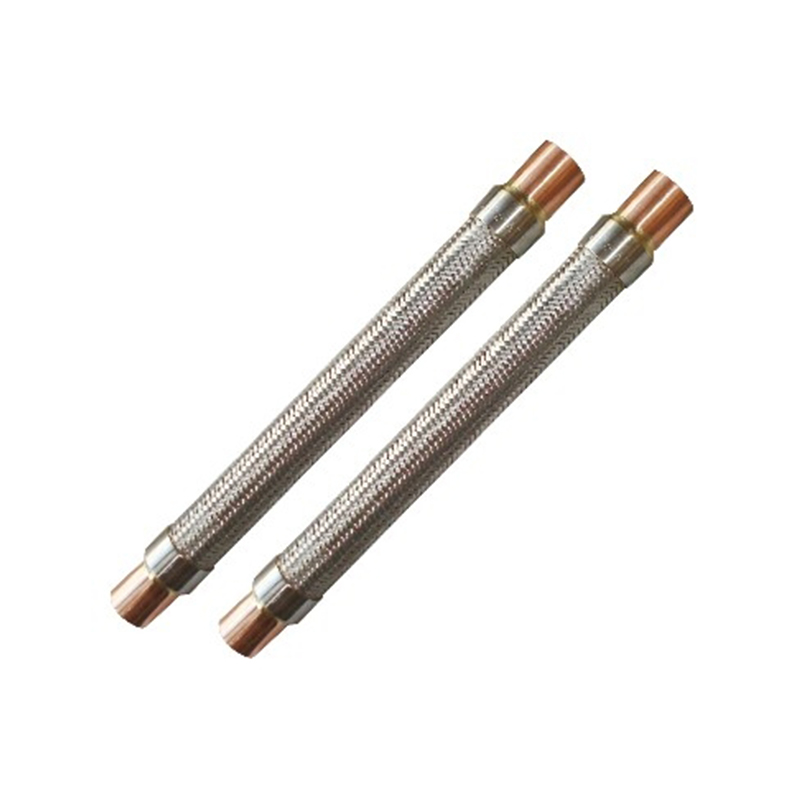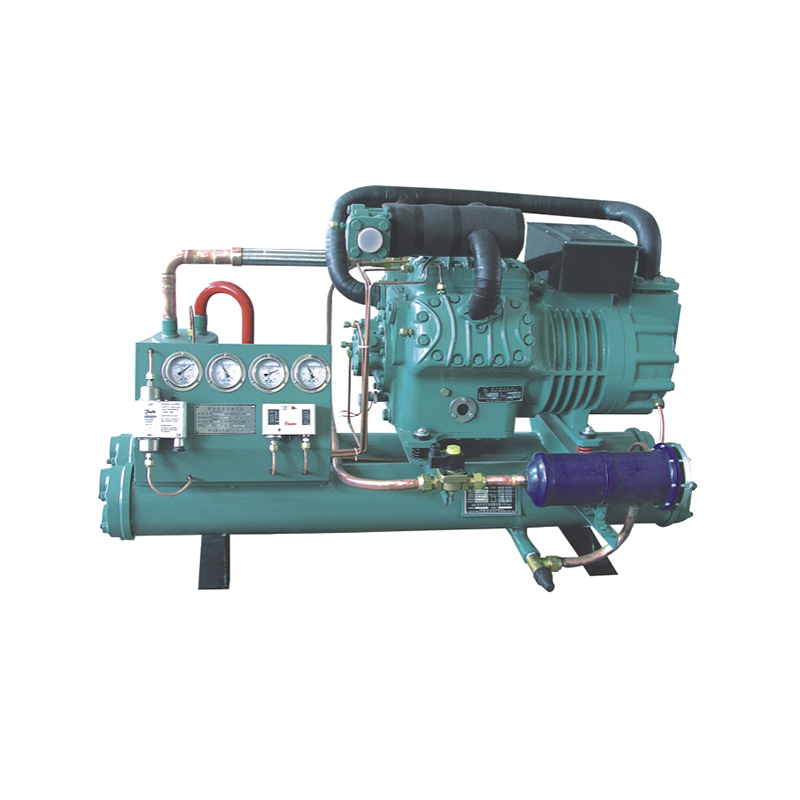In high-temperature industrial systems, especially those involving thermal processing of fluids, scaling and fouling are persistent challenges that can severely impact performance, energy efficiency, and equipment lifespan. The DL type high-temperature evaporator, widely used in chemical, pharmaceutical, and food processing industries, is no exception. Preventing scaling and fouling in this system is critical for maintaining optimal heat exchange, ensuring long-term reliability, and minimizing operational downtime.
Scaling typically occurs when dissolved minerals such as calcium, magnesium, or silica in process fluids precipitate out under high temperatures and form hard deposits on the heat exchange surfaces. Fouling, on the other hand, can involve a wider variety of contaminants, including biological materials, particulates, and degraded process residues that adhere to the internal surfaces of the DL type evaporator. Both issues reduce heat transfer efficiency, increase energy consumption, and may even lead to equipment failure if left unchecked.
One of the most effective ways to prevent scaling in the DL type high-temperature evaporator is through proper water treatment and fluid preconditioning. By using softened or deionized water as the base fluid, the concentration of scale-forming ions is significantly reduced. In applications where raw or untreated water must be used, chemical additives such as antiscalants or chelating agents can be introduced into the system. These chemicals work by inhibiting crystal formation or by sequestering ions before they can deposit onto heated surfaces.
Regular cleaning protocols are another crucial part of preventing fouling in the DL type evaporator. Periodic chemical cleaning, also known as CIP (clean-in-place), can dissolve and flush away any early-stage scale or biofilm formation before it becomes hardened or ingrained. Cleaning agents are typically selected based on the type of fouling anticipated—acidic solutions for mineral scaling and alkaline or enzymatic solutions for organic fouling. For systems operating under continuous conditions, automated cleaning cycles can be programmed to minimize manual intervention.
Operational parameters also play a vital role in scaling and fouling control. Maintaining optimal flow velocities inside the DL type high-temperature evaporator helps to reduce sedimentation and prevent dead zones where deposits may accumulate. Controlling the heat input to avoid excessive surface temperatures can also prevent supersaturation and crystallization of salts. Additionally, real-time monitoring systems with temperature, pressure, and flow rate sensors can help detect early signs of fouling or scale buildup, enabling timely maintenance.
The materials and surface finishes used in the DL type high-temperature evaporator can further influence its resistance to fouling. Highly polished or coated surfaces reduce the likelihood of contaminants adhering to the walls. In some cases, advanced non-stick or anti-scaling coatings are applied to internal components to provide long-term protection against deposits. Material selection—such as stainless steel with high corrosion resistance—also supports better cleanliness and lower reactivity with processing fluids.
In applications that are particularly prone to scaling or fouling—such as those involving brines, organic slurries, or thermally unstable substances—modular design and ease of disassembly become important. The DL type evaporator is often engineered with accessibility in mind, allowing technicians to manually inspect and clean internal surfaces as needed.

